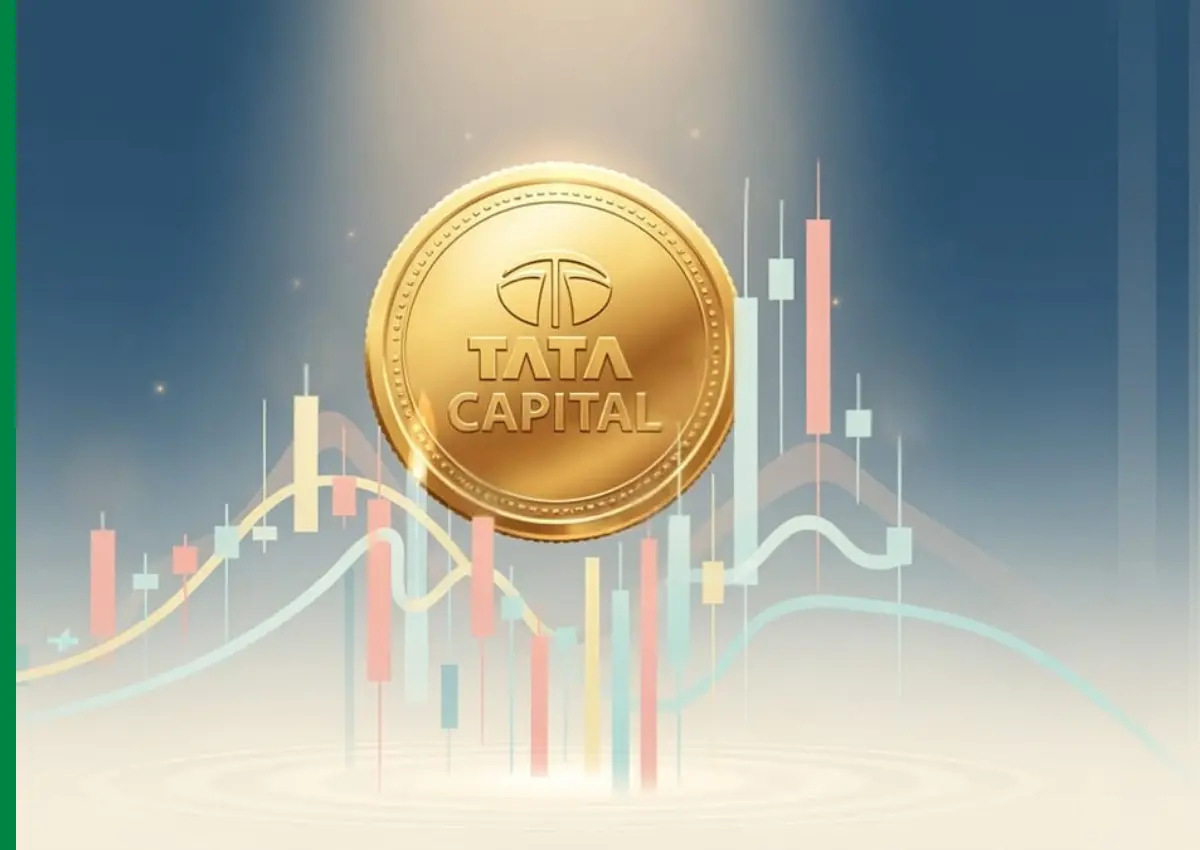Under the goods and service tax (GST) regime in India, tax computation is made simple by applying a uniform tax computation. GST is subsequently subdivided into four types and applied on the basis of the nature of the transaction and geographical location/country in which the buyer/seller is located.
These four types of GST are:
| S.No | GST Type |
| 1 | Integrated Goods and Services Tax (IGST) |
| 2 | State Goods and Services Tax (SGST) |
| 3 | Central Goods and services Tax (CGST) |
| 4 | Union Territory Goods and Services Tax (UTGST) |
Both types have the general rules and various rates approved under the GST system that calculate tax for the provided goods and/or services.
What Makes GST Different from Previous Tax Systems?
Before GST, India operated under a complex web of multiple taxes including Central Excise, Service Tax, State VAT, Entertainment Tax, and Luxury Tax. The introduction of GST simplified this maze into a single, comprehensive tax system with four distinct components designed to serve different transaction types.
GST operates as a destination-based tax, meaning the state where goods are consumed receives the tax revenue, not where they are manufactured. This fundamental principle shapes how the different GST types function.
Explanation of the Four Pillars of GST
Central Goods and Services Tax (CGST)
CGST represents the central government’s share of tax on intrastate transactions. When businesses sell goods or services within the same state, they collect CGST alongside SGST. The Central Government administers this tax under the CGST Act, 2017.
Key Features of CGST:
- Maximum rate capped at 14%
- Collected on all intrastate supplies
- Revenue goes directly to the Central Government
- Can only be offset against CGST or IGST input tax credits
Practical Example: A manufacturer in Mumbai selling products to a retailer in Pune would charge CGST since both locations are in Maharashtra.
State Goods and Services Tax (SGST)
SGST is the state government’s portion of tax on transactions within state boundaries. Each state has its own SGST Act, such as the Telangana GST Act, governing the collection and administration of this tax.
SGST replaced multiple state-level taxes including VAT, entertainment tax, luxury tax, and entry tax, creating a streamlined system for state revenue collection.
Important SGST Characteristics:
- Equivalent amount to CGST on the same transaction
- Administered by respective state governments
- Input tax credit can be used against SGST or IGST liabilities only
- Cannot be offset against CGST obligations
Union Territory Goods and Services Tax (UTGST)
UTGST functions similarly to SGST but applies specifically to Union Territories without their own legislative assemblies. This includes:
- Ladakh
- Andaman and Nicobar Islands
- Chandigarh
- Dadra & Nagar Haveli and Daman & Diu
- Lakshadweep
Note that Delhi, Jammu & Kashmir, and Puducherry fall under SGST provisions as they have their own legislatures.
UTGST Operational Framework:
- Levied together with CGST on intra-UT transactions
- Follows similar input tax credit utilization rules as SGST
- Governed by the UTGST Act, 2017
Integrated Goods and Services Tax (IGST)
IGST applies to interstate transactions, imports, exports, and supplies involving Special Economic Zones (SEZ). This tax ensures seamless credit flow across state boundaries while maintaining the federal structure of Indian taxation.
When IGST Applies:
- Sales between different states
- Import and export transactions (exports are zero-rated)
- Supplies to or from SEZ units
- Any transaction where supplier and buyer locations differ by state
IGST Distribution Mechanism: The Central Government initially collects IGST, which is later distributed between the center and the destination state based on consumption patterns.
Determining Which GST Type Applies
The choice between CGST+SGST/UTGST versus IGST depends entirely on the nature of your transaction:
Intrastate Transactions
When both supplier and buyer are in the same state or Union Territory:
- Apply: CGST + SGST (for states) or CGST + UTGST (for UTs).
- Rate Split: If total GST is 18%, then CGST = 9% and SGST/UTGST = 9%.
Interstate Transactions
When supplier and buyer are in different states:
- Apply: IGST only
- Rate: Combined rate (if intrastate rate would be 18%, then IGST = 18%)
Input Tax Credit Utilization: The Strategic Approach
Understanding how to utilize input tax credits effectively can significantly impact your cash flow and compliance requirements.
Credit Utilization Hierarchy for IGST:
- First offset against IGST liability
- Then offset against CGST or SGST liability (your choice)
Credit Utilization Rules:
- CGST credits: Can offset CGST or IGST liabilities only
- SGST/UTGST credits: Can offset SGST/UTGST or IGST liabilities only
- IGST credits: Can offset any liability (IGST, CGST, or SGST/UTGST)
Real-World Application: GST in Action
Consider this business scenario: A textile manufacturer in Tamil Nadu sells fabric worth ₹50,000 to a garment producer in Karnataka, with an applicable GST rate of 12%.
Transaction Analysis:
- This is an interstate sale (Tamil Nadu to Karnataka)
- GST Type: IGST only
- Tax Amount: ₹6,000 (12% of ₹50,000)
- Invoice Total: ₹56,000
The manufacturer collects ₹6,000 as IGST, which goes to the Central Government and is later shared with Karnataka as the consuming state.
Common Compliance Challenges and Solutions
Challenge 1: GSTIN Validation
Always verify the buyer’s GSTIN using official GST search tools before issuing invoices. Incorrect GSTIN can lead to input tax credit issues for your customers.
Challenge 2: Place of Supply Determination
For services, determining the place of supply can be complex. Generally, it’s the location where services are received, but specific rules apply to different service categories.
Challenge 3: Credit Utilization Planning
Plan your credit utilization strategy monthly to ensure optimal cash flow. Remember that IGST credits offer maximum flexibility.
Best Practices for GST Compliance
- Maintain Accurate Records: Document all transactions with proper supporting evidence
- Regular Reconciliation: Match your books with GSTN data monthly
- Timely Filing: Submit all returns within prescribed deadlines
- Professional Guidance: Consult GST professionals for complex transactions
- Technology Integration: Use GST-compliant accounting software for accuracy
Final thoughts
GST as a single system has eradicated the cascading effects in taxation, lowered logistics expenses, and led to the formation of a national market. Knowledge of these GST elements enables business organizations to make the necessary informed choices relating to price, credit planning and compliance strategies.
Businesses with multiple states of operation have to master the dynamics involved in the interaction of the various types of GST to effectively allow their business operations to have competitive prices and full tax compliance.
The GST regime is still developing as tax officials keep clarifying certain aspects of the system. Keeping up to date with these changes and the development of the fundamental structure as shown in this guide will assist your business in navigating around the current modern tax environment in India effectively.
Keep in mind that this guide is informative, and various real-world cases of using GST structures should be discussed with qualified tax advisors because only these people could give information about particular business settings and recent regulatory changes.




